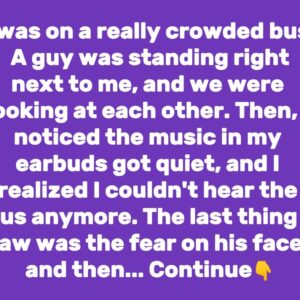Introduction
The complex world of corrections presents unique challenges, with the safety and security of both inmates and staff at the forefront of every decision. One crucial aspect of maintaining order within prison walls is the ability to understand the visual markers that inmates use to convey their affiliations, beliefs, and even criminal histories.
Tattoos, in particular, serve as powerful symbols that can offer valuable insights to correctional officers. By deciphering the meanings behind these intricate designs, staff can enhance their situational awareness and better protect themselves and their colleagues from potential threats or incidents.

In the following sections, we will explore 15 common prison tattoos and their associated meanings, providing a glimpse into the complex language that inmates use to communicate and assert their identities within the confines of the prison system.
1. Teardrops
Teardrops are one of the most well-known and recognizable prison tattoos. These small, simple designs can hold a variety of meanings, including:
- Commemorating a loved one who has passed away
- Signifying the number of people the wearer has killed
- Indicating the wearer has been the victim of sexual assault

2. Spider Web
A spider web tattoo on the elbow or neck can signify the wearer’s involvement in the white supremacist movement or their time spent in prison.

3. Five-Point Star
The five-point star is a versatile tattoo that can represent a variety of affiliations, such as:
- Membership in the Sureños gang
- Identification as a Mexican Mafia member
- A general symbol of power and authority within the prison hierarchy
4. Barbed Wire
Barbed wire tattoos, often placed around the arm or neck, can symbolize the wearer’s time spent incarcerated and their perceived entrapment within the prison system.

5. Hands Holding Cigarettes
This tattoo design, featuring a pair of hands holding lit cigarettes, can signify the wearer’s addiction to nicotine or their ability to obtain contraband items while incarcerated.

6. Clocks Without Hands
A clock without hands tattoo is a common symbol used by inmates to represent the endless nature of their sentences and the feeling of being trapped in a timeless void.

7. Praying Hands
Praying hands tattoos can indicate the wearer’s religious devotion, their desire for redemption, or their belief in a higher power to guide them through their incarceration.

8. Three Dots
The three dot tattoo, also known as the “mi vida loca” or “my crazy life” tattoo, can signify the wearer’s involvement in the Chicano gang lifestyle.

9. Cross with a Face
A cross with a face tattoo is often associated with the Aryan Brotherhood, a white supremacist prison gang, and can represent the wearer’s commitment to their racist ideology.

10. Swastika
The swastika, a symbol with a long and complex history, is often used by white supremacist inmates to display their hateful beliefs and affiliations.

11. Inmate Number
An inmate number tattoo, sometimes accompanied by the letters “IDOC” (for “Illinois Department of Corrections”), can indicate the wearer’s acceptance of their criminal identity and their time spent in the prison system.
12. Tear Drop with a Face
A tear drop with a face tattoo can signify that the wearer has committed murder, with the number of tears corresponding to the number of lives they have taken.
13. Spiderwebs on the Elbows
Spiderwebs on the elbows are a common tattoo among inmates who have spent a significant amount of time in solitary confinement or who have been incarcerated for an extended period.
14. Five-Pointed Crown
A five-pointed crown tattoo is often associated with the Latin Kings, a prominent Hispanic street gang, and can indicate the wearer’s membership or affiliation with the organization.

15. Playing Cards
Playing card tattoos, such as the ace of spades or the joker, can symbolize the wearer’s gambling habits, their disregard for authority, or their involvement in illicit activities within the prison environment.

Conclusion
Deciphering the complex visual language of prison tattoos is a vital skill for correctional officers, as it can provide invaluable insights into the affiliations, beliefs, and criminal histories of inmates. By understanding the meanings behind these intricate designs, staff can enhance their situational awareness, improve their ability to identify potential threats, and ultimately, ensure the safety and security of both inmates and personnel within the corrections system.





